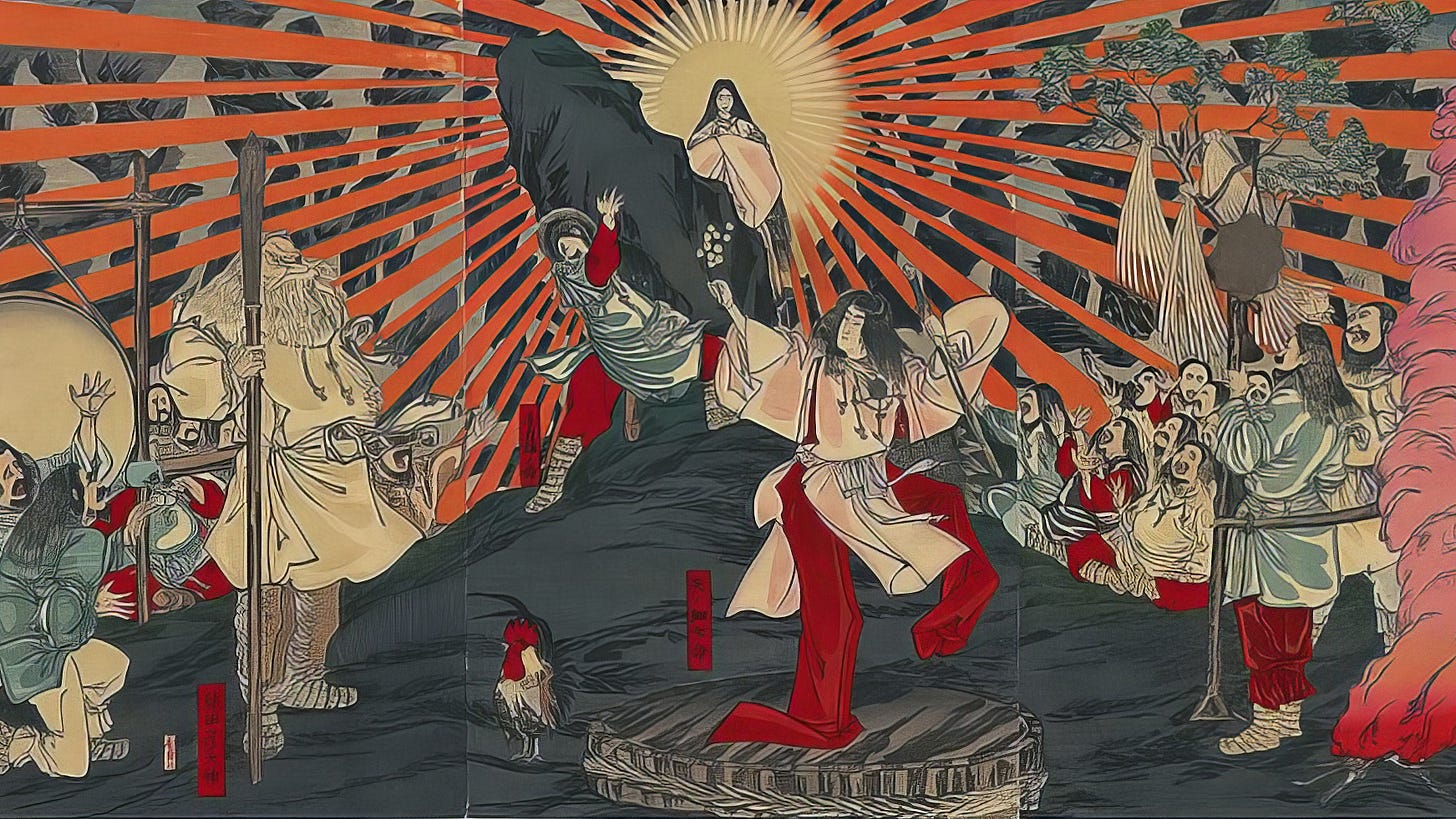Kogaku and the Lost Sounds of Japan’s Ancient Music
Rediscovering Kogaku and the Ancient Sounds of Japan
In this article, we will delve into “kogaku” (古楽)—a type of traditional music that emerged in Japan long before the influence of foreign cultures.
When people hear the phrase “traditional Japanese music,” what comes to mind? Most would likely think of instruments such as the koto, shamisen, or shakuhachi. Others might recall gagaku (雅楽), the court music performed in Shinto rituals, or the musical elements of traditional performing arts such as Noh (能楽) and Kabuki (歌舞伎).
However, much of what is considered “traditional Japanese music” today has undergone transformations due to foreign influences at different points in history. For this reason, music that predates these external influences is distinguished as kogaku (ancient music). Yet, defining kogaku precisely is complex due to the historical changes that have taken place over centuries.
The definition of kogaku is closely tied to the historical context of the 8th century. In particular, it relates to the establishment of the Taihō Code (大宝律令) in 701 under Empress Jitō (持統天皇). This legal framework, modeled after the Tang Dynasty’s legal system, led to the creation of the Gagaku-ryō (雅楽寮), an official bureau dedicated to music.
The establishment of the Gagaku-ryō was heavily influenced by music from continental Asia, which had been introduced to Japan through Baekje (百済) and Silla (新羅)—two ancient Korean kingdoms that maintained close ties with Japan.
As a result, music that existed in Japan before the founding of the Gagaku-ryō is classified as kogaku. However, even the definition of gagaku itself is not straightforward. Originally, gagaku referred to Tang Dynasty music (唐楽) from China and Samhan music (三韓楽) from Korea, but over time, it came to include elements of Japan’s own ancient music as well.
Kogaku can be broadly divided into four categories:
Kagura-uta (神楽歌) – Sacred songs performed in Shinto rituals.
Saibara (催馬楽) – Songs originating from folk music, adapted into court music.
Kume-uta (久米歌) – Songs associated with the Kume clan, an influential ancient family.
Azuma-asobi (東遊) – Ritual music performed in the eastern regions of Japan.
A key characteristic of kogaku is that it was not purely instrumental. Instead, it was always centered around vocal elements—either singing or storytelling. This distinguishes it from the instrumental-only gagaku that was introduced from China and Korea.
Even today, instrumental gagaku is often performed during New Year’s celebrations and festivals in Japan, leading many Japanese people to believe it is an indigenous musical tradition. However, in reality, it has foreign origins.
However, Japanese sōkyoku (箏曲), which is played using instruments such as the shamisen and koto, generally includes vocal accompaniment, though some pieces are purely instrumental.
Interestingly, the modern idea of “traditional Japanese music” as purely instrumental” is a relatively recent phenomenon that emerged after the Meiji era (1868–1912). This shift was influenced by the increasing popularity of Western classical music, which led to the adoption of instrumental performances as the standard form of “serious music.”
This historical shift clarifies that the essence of kogaku lies in “koyō” (古謡), or ancient chants. The foundation of Japan’s earliest music was not just melody or instruments, but rather the power of words—sung or spoken.
In fact, ancient Japan had official storytellers known as “katari-be” (語部), who played a crucial role in preserving and transmitting oral traditions. These storytellers held an esteemed position in society, as they were responsible for passing down historical and mythological narratives.
Because it predates written music notation, it is nearly impossible to reconstruct the exact melodies or rhythms of Japan’s ancient music. After all, more than 1,300 years have passed since those early times.
However, glimpses of kogaku remain in Japan’s oldest surviving texts:
• Kojiki (古事記, compiled in 712)
• Nihon Shoki (日本書紀, compiled in 720)
While both texts were written in the 8th century—during a period when Japan was already absorbing influences from foreign cultures—they were based on much older oral traditions. In fact, the compilation of Kojiki was a state-led project initiated by Emperor Tenmu (天武天皇, r. 673–686) to preserve Japan’s historical and mythological heritage.
One of the earliest references to kogaku can be found in a famous myth from Kojiki: the “Ama-no-Iwato” (天岩戸) legend.
**The video above is an example of Kagura. It is based on the myth of luring Amaterasu out of Ama-no-Iwato and is performed as a sacred offering at Ama-no-Iwato Shrine in Miyazaki Prefecture.
In this story, Amaterasu (天照大神), the sun goddess and ancestral deity of the imperial family, retreats into a cave, plunging the world into darkness. Chaos ensues, with famine and disease spreading across the land. To lure Amaterasu out of the cave, the remaining deities perform a ritual ceremony involving music and dance.
This event is considered the mythological origin of kagura (神楽), one of the four main types of kogaku. Even today, kagura remains a sacred ritual performed at the imperial court and major Shinto shrines, rather than a form of entertainment. The songs (kagura-uta) sung during these ceremonies preserve some of the earliest surviving traces of Japan’s ancient music.
So, what was Japanese music truly like before foreign influences took hold?
As we explore this question, we uncover a deeper cultural concept: “kotodama” (言霊)—the belief in the mystical power of words.



